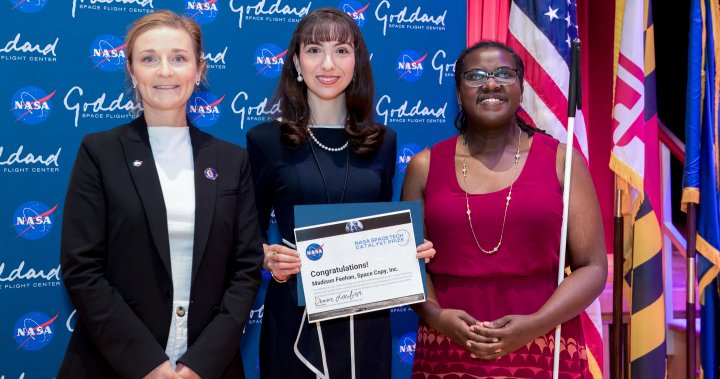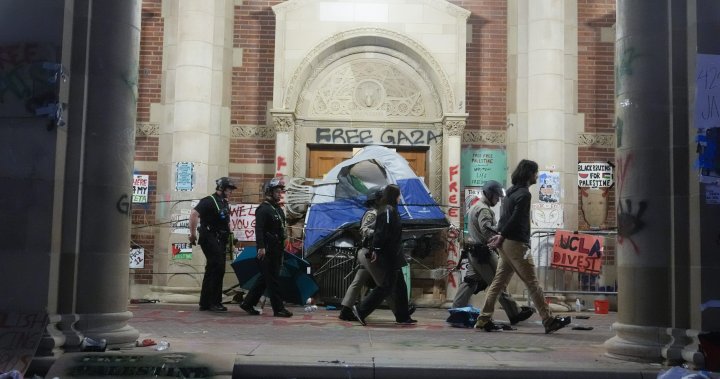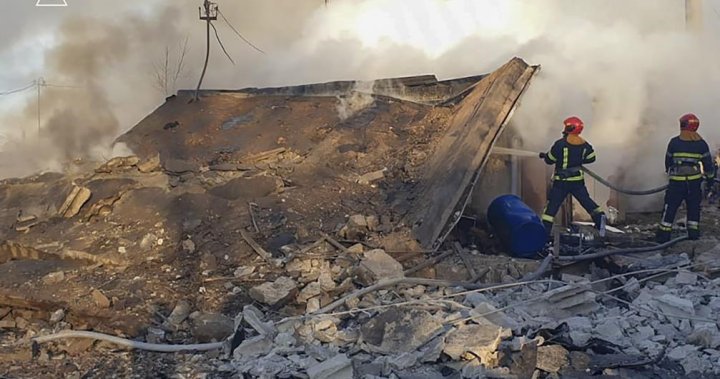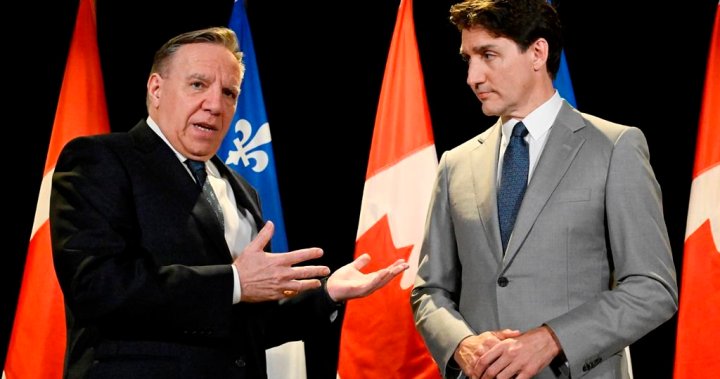A young Edmonton woman is accomplishing dreams that are out of this world. At 21 years old, she has already worked for NASA for half a decade — and that’s just scratching the surface.
For Madison Feehan the sky isn’t the limit — it’s the destination. Her passion for things beyond Earth’s orbit sparked when she was a kid.
“Going into space exploration and space science was not something I would have predicted for my career,” she said.
“Ever since about the 9th grade, I’ve shown a very strong interest in it and have been trying to commercialize ideas with NASA ever since.”
Since then, she has gone nowhere but up. For the past five years Feehan has worked for NASA, most recently as part of the NSPIRES, NASA Solicitation and Proposal Integrated Review and Evaluation System. She is an executive panellist and peer reviewer.
“It was a bit of a culture shock for sure,” Feehan said. “Not something that I was trained for or something that I expected.
“When one of these technology ideas comes in, it is my job to review the technology, see if it has the merit to go to space and the relevance to any upcoming NASA missions.”
Madison Feehan presents Space Copy during the 75th International Astronautical Congress in Milan at the Canadian Space Agency Pavillion.
Madison Feehan
But something Feehan might be even more passionate about is her company Space Copy, of which she is the CEO and founder. The company builds 3D printers that can create scalable infrastructure in extreme environments, like on Earth and in space.
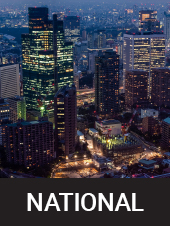
Get breaking National news
For news impacting Canada and around the world, sign up for breaking news alerts delivered directly to you when they happen.
Feehan said the transportation and creation of resources needed for astronauts in space puts a massive strain on the budgets of companies like NASA. 3D printing locally, using on-site materials, could reduce up to 70 per cent of those costs.
“We’ve come up with a formula for converting lunar soil into usable infrastructure,” Feehan said. “That ranges from anything to bricks for habitats, to launch pads and roadways to precision tools and repair parts to make living in space much easier.”
A 3D printed brick created from a lunar highlands soil stimulant.
Global News
Feehan showed Global News a little brick (above) as an example of the work the company is doing. It was created from a lunar soil stimulant sourced just outside the Kennedy Space Center.
“It is 99.7 per cent accurate to what was recovered during the Apollo 16 mission,” Feehan said.
In the past two years alone, Feehan has attended more than 60 conferences around the world showcasing the company. Earlier this year, Space Copy was selected as the winner of the (Buzz) Aldrin Family Foundation Global Innovation Award.
By 2031, the company plans to send a 3D printer to the surface of the moon coinciding with the upcoming Artemis mission.
For all these accomplishments at just 21 years of age, the Edmontonian sometimes has to remind herself to stay down to Earth.
“Sometimes we just cannot believe — my team and I — that we’ve gone this far, this fast,” she said.
“It’s an absolute privilege to be able to work in an ecosystem that many say is extremely challenging, or nearly impossible, especially for young women.”
Madison Feehan with retired astronaut Col. Chris Hadfield.
Madison Feehan
© 2024 Global News, a division of Corus Entertainment Inc.
